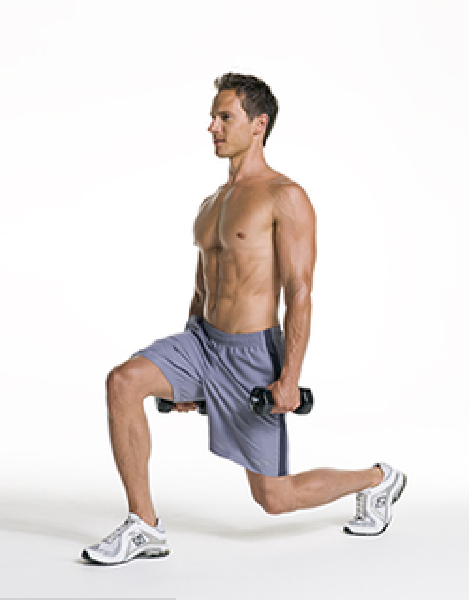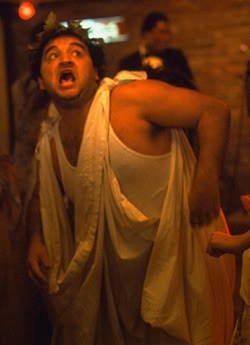PrinceVegeta
Mecca V.I.P.
VIP
- Joined
- Apr 7, 2007
- Messages
- 10,151
- Points
- 38
Very nice info indeed Creator!and I love ur sidekick tim! two very well informed guys!
Haha thanks a ton bro! Tim's a smart fella and I have learned a lot from him.Very nice info indeed Creator!and I love ur sidekick tim! two very well informed guys!
Tip 1Always always always, make sure you incorporate scapular retraction into any pushing or pulling movement.
"[...]the scapulae should stay "pinched" together during the entire movement.
Thus, you're not supposed to use the full range of motion that is possible in pulling exercises (e.g. Seated machine rows, lat-pulls, barbell rows)?
The static retraction of the trapezius muscles is superior to allowing them to stretch throughout the movement and end the concentric phase by retracting them?
Please reply!
Thankful for the regular tips you've been writing tho santasmile
^^ Well I just learnt something out of that as well. I was only aware of three functional regions of the traps.


Tip 7
If I were to ask for a raise of hands from people who have had rotator cuff problems, I am sure that you all would take both hands off the key board and raise them high!


^^ I'd give you reps but apparently I rep you too much already!